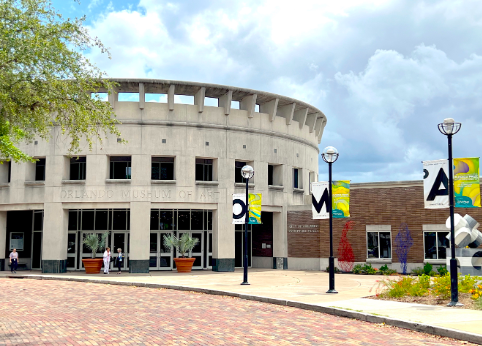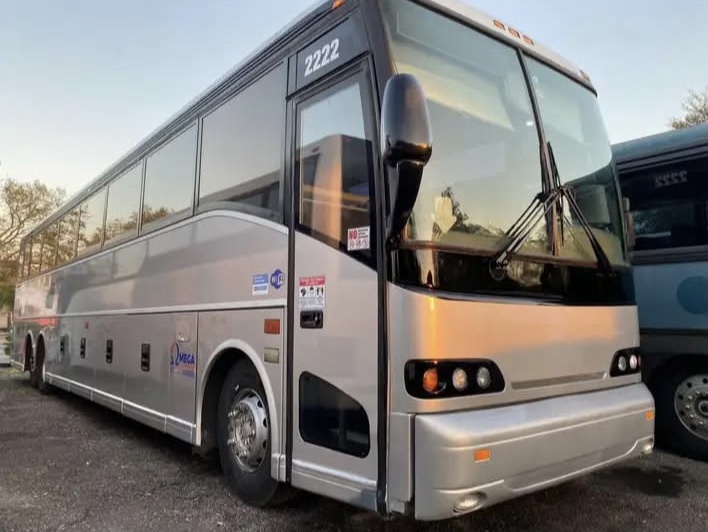Every night I prepare for my dialysis treatment on my CCPD (continuous cycler peritoneal dialysis) machine. To perform the procedure you must have the right accessories including drain bags, mini caps, and cassettes (not the musical kind.)
There are several steps involved, which include connecting the right lines to the right bags. The final step occurs when I connect myself—through a catheter’s tube—to the machine, and begin the 10-hour cleansing process.
There are an estimated 26 million Americans who have chronic kidney disease, according to the National Kidney Foundation. Many kidney patients develop ESRD (end stage renal disease) which can result in having to go on dialysis.
According to the annual United States Renal Data System, the number of people developing ESRD has increased 9.6 percent for people between the ages of 1-19, and 9.8 percent for those ages 20-44. This shows that kidney failure can happen at any age, not just to older people.
Marie Chin-Smith, a nurse at Davita Orlando Home Training, a peritoneal dialysis clinic, has worked with Davita for 18 years and has seen changes in the age of her patients over the years. She says they “used to be older patients only”, but are now getting younger and younger. The youngest patient she’s had was 17.
After developing kidney disease, generally, Chin-Smith said, “older patients have a harder time accepting it” and sometimes “they go into depression”, while younger patients “have a will to live more” and “accept it better”. She says for the young, “there’s more to life” and she encourages them to pursue their goals and “change direction in life” which can range from a job change to going back to school.
The main reasons that younger people develop kidney failure and possibly end up on dialysis are drug abuse, alcoholism, and lupus, according to Chin-Smith, but hypertension and diabetes also play a huge role in more people developing the disease.
“Society is getting more stressful”, she said, “and America is getting fatter.”
Her biggest challenge is “having the patient comply with their treatments”. She emphasizes the importance of patients faithfully doing their treatments, taking their medications, and sticking to their diets.
When I was first diagnosed with kidney failure, it was difficult for me to follow a renal diet. As with everything else, though, it’s all about moderation for the things I’m not supposed to eat.
There are steps you can take to prevent kidney disease: eat nutritious meals, drink plenty of fluids, exercise, don’t smoke, maintain a healthy weight, and get checked regularly for diabetes and blood pressure.
My kidney failure was diagnosed because I had swollen feet. Now after seven years going back and forth between hemodialysis and peritoneal dialysis, I feel I have better control of my kidney disease.
Hemodialysis involves going to a center three times a week, while peritoneal dialysis is done in your home at your convenience, typically while you sleep.
Davita has 1,777 clinics nationwide with 138,000 patients. It is one of the largest companies offering dialysis services in the world, second only to Fresenius. In the future, Chin-Smith hopes for Davita “to be the biggest, best dialysis unit in the world”.
Davita lists several ways to help on its website. You can volunteer, donate money, get involved in a fundraiser, donate your used vehicle, or even donate a kidney and save a life. For more information log on to www.kidney.org/ and www.davita.com .






